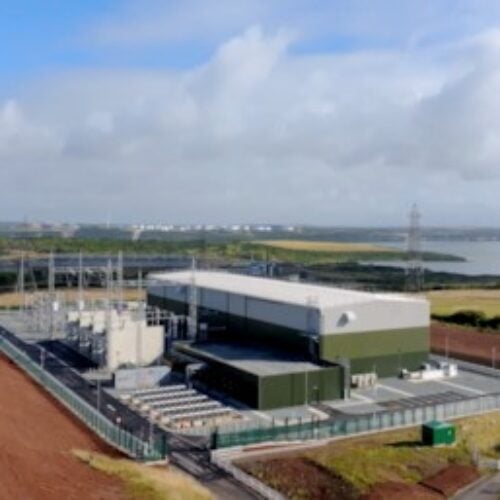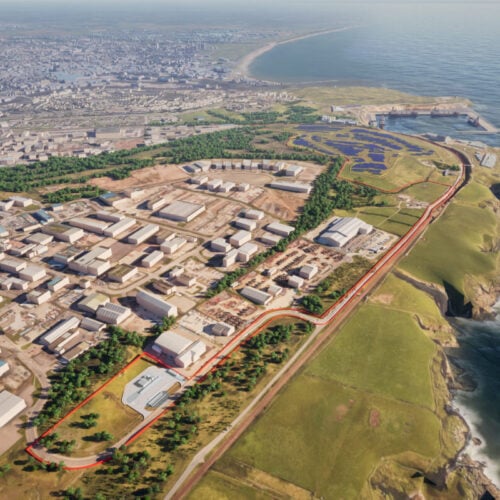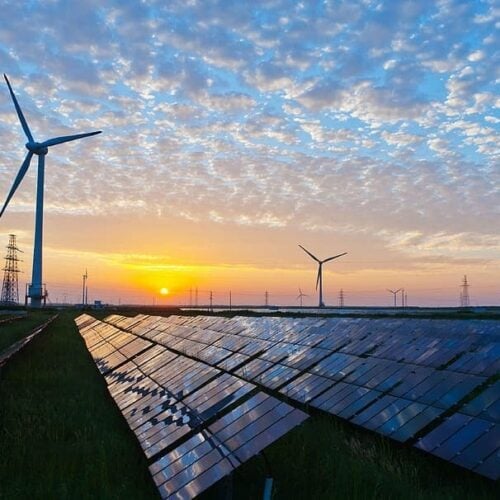Analysts at consultancy LCP Delta have urged energy companies and investors to explore the opportunities presented by announced changes to the Energy Profits Levy (EPL).
The EPL was introduced in May 2022 as a windfall tax of 25% on oil and gas companies in the UK after the CEO of regulator Ofgem warned that continued market volatility, spurred by the Russian invasion of Ukraine, could lead to the price cap jumping to £2,800 for the winter period.
After the revelation in February 2023 that Shell’s annual profits for 2022 reached £32.2 billion, the EPL was expanded and extended by Conservative Prime Minister Rishi Sunak. The taxation increased from 25% to 35% from 1 January 2023 and the end date pushed to 31 March 2028, as opposed to December 2025.
The levy, when initially launched, included an investment allowance of 80%, which was condemned as a loophole by opposition parties and green organisations. The rate allowed companies to save 91p for every £1 they invested, nearly doubling the available tax relief.
In 2023, the allowance was reduced to 29% of investment expenditure—other than decarbonisation expenditure which continued to qualify for the 80% rate.
A “proper” windfall tax
Labour has made good on its promises to introduce windfall taxes for oil and gas companies, with Ed Miliband criticising the Tory government’s lack of a “proper” windfall tax in light of Shell’s earnings report.
On 29 July this year, Labour chancellor Rachel Reeves announced further changes to the EPL, headlining a 3% increase from 35% to 38% to bring the rate of tax on upstream oil and gas to 78%.
Changes will also see the removal of the 29% investment allowance from 1 November this year, but the 80% decarbonisation investment allowance will be maintained.
LCP said it sees benefits from the changes because of the potential of a more level playing field for investment in the energy sector regarding the EPL (applied to upstream oil and gas operators) and the Electricity Generators Levy (EGL).
The EGL proposes a 45% tax on revenues over £75/MWh for inframarginal electricity generators. Previously, EPL and EGL were inconsistent; removing the 29% allowance aligns the levies, although the upstream oil and gas sector can still benefit from the decarbonisation allowance which is not available to electricity generators.
According to LCP, this is not a negative. The oil and gas sector appears to have been accepted as a mainstay for the “foreseeable future”, so the 80% relief on capital expenditure for decarbonising upstream petroleum production will be an essential incentive.
Matthew Deitz, senior consultant at LCP Delta, said: “Oil and gas producers will play an important role in the ongoing energy transition, especially in advancing offshore capabilities. They are essential for developing offshore wind generation, hydrogen production, and carbon capture and storage sectors.”
For the consultancy, the changes will also mitigate inefficient capital deployment. This issue arose from the different incentives offered to investors: the previous EPL framework mandated that investments could be valued based on savings from investment allowances. In contrast, EGL (and non-EPL) investors focused on the fundamental merits of individual investments.
Deitz added that, while the news of increased levies and removal of allowances could “cause concerns” in the upstream oil and gas sector, “it is important to understand that this decision creates a more level playing field between the two schemes”.
He said: “This mitigates the risk of crowding out investors who have already demonstrated their appetite to invest in the UK power sector while providing allowances to support the decarbonisation of upstream oil and gas sector operations.”
The period that the levy applies to is also being extended once again, to end on 31 March 2030, the end of the financial year in which the current parliament is due to finish.






